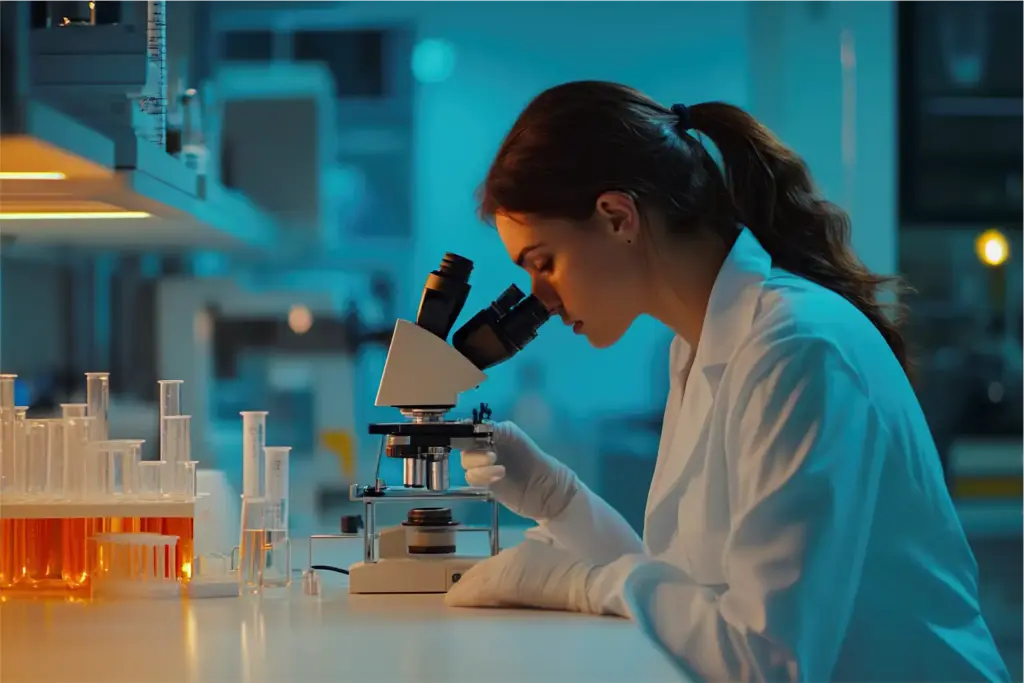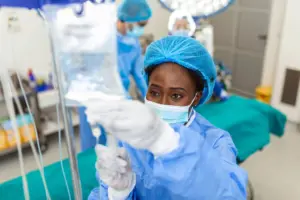
Human blood cells: Scientists have grown embryo-like structures in the lab that produce human blood cells, a step that could one day allow patients needing bone-marrow transplants to be treated with stem cells derived from their own bodies.
The work, led at the University of Cambridge’s Gurdon Institute, uses human stem cells to form self-organising embryo models, created without eggs or sperm, that mirror key events in early development.
Also Read | Scientists create egg cells from skin, offering hope for infertility
“It was an exciting moment when the blood-red colour appeared in the dish, it was visible even to the naked eye,” said first author Dr Jitesh Neupane, who is using the system to probe the earliest stages of heart and blood formation. The approach, he said, could help screen drugs, study early blood and immune development, and model disorders such as leukaemia.
Unlike other lab methods that depend on cocktails of added proteins, the new system mimics natural embryogenesis: three germ layers (ectoderm, mesoderm, endoderm) emerged by day two; beating heart cells appeared by day eight; and by day 13, red patches signalled nascent blood. Blood stem cells taken from the models differentiated into multiple lineages, including oxygen-carrying red cells and immune white cells.
The stem cells used to create the models can be generated from almost any adult tissue, raising the prospect of patient-matched blood production in future. The models were engineered to lack tissues that form the placenta and yolk sac and did not develop brain-forming tissues, meaning they had no theoretical potential to form a foetus. “This is a minimalistic system,” Neupane said.
“Although it is still in the early stages, the ability to produce human blood cells in the lab marks a significant step towards future regenerative therapies, which use a patient’s own cells to repair and regenerate damaged tissues,” said senior author Prof Azim Surani.
The findings appear in Cell Reports.








